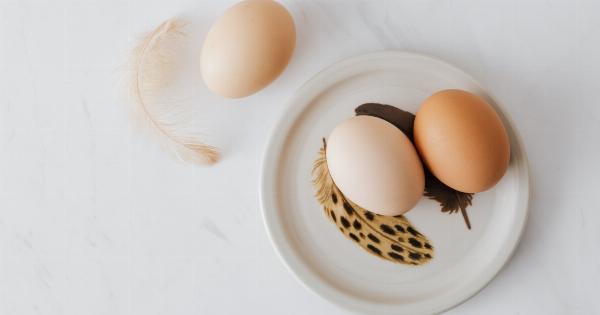Have you been struggling with high cholesterol levels and wondering how to lower them without resorting to medication? The good news is that there exists a powerful duo of natural components that have been proven to reduce cholesterol levels in the blood: soluble fiber and plant sterols.
What is Cholesterol?
Before diving into how to lower cholesterol levels, let’s first understand what cholesterol is and why it can be a health concern. Cholesterol is a type of fat that is produced by the liver and is also found in some foods.
It is an essential component of cell membranes and is used to make hormones like estrogen and testosterone.
However, too much cholesterol in the blood can lead to the accumulation of cholesterol in the arteries, which can increase the risk of heart disease and stroke.
There are two types of cholesterol: LDL (low-density lipoprotein), which is considered “bad” cholesterol, and HDL (high-density lipoprotein), which is considered “good” cholesterol.
Soluble Fiber and Cholesterol
Soluble fiber is a type of fiber that dissolves in water and forms a gel-like substance in the intestines.
This gel slows down the absorption of cholesterol and other nutrients from the food we eat, reducing the amount of cholesterol that enters the bloodstream. Soluble fiber has been extensively studied for its cholesterol-lowering effects and has been shown to reduce LDL cholesterol levels by up to 5-10%.
Good sources of soluble fiber include fruits (e.g., apples, oranges, pears), vegetables (e.g., broccoli, carrots, sweet potatoes), legumes (e.g., beans, lentils), oats, barley, and psyllium husk.
Plant Sterols and Cholesterol
Plant sterols are naturally occurring compounds found in plant cell membranes. They are structurally similar to cholesterol and compete with cholesterol for absorption in the intestines, reducing the amount of cholesterol that enters the bloodstream.
Like soluble fiber, plant sterols have been extensively studied for their cholesterol-lowering effects and have been shown to reduce LDL cholesterol levels by up to 10-15%.
Good sources of plant sterols include nuts (e.g., almonds, pistachios), seeds (e.g., sunflower seeds, sesame seeds), vegetable oils (e.g., olive oil, canola oil), and fortified foods (e.g., margarine, orange juice).
Why the Duo is Powerful
While both soluble fiber and plant sterols have been shown to lower cholesterol levels, their combined effect is greater than the sum of their individual effects. This is because they work through different mechanisms to reduce cholesterol.
Soluble fiber reduces the absorption of cholesterol in the intestines, while plant sterols compete with cholesterol for absorption.
Additionally, the gel-like substance formed by soluble fiber can trap plant sterols, further reducing the absorption of cholesterol.
How to Incorporate Soluble Fiber and Plant Sterols in Your Diet
Now that you understand the cholesterol-lowering benefits of soluble fiber and plant sterols, you may be wondering how to incorporate them into your diet. Here are some tips:.
- Start your day with a bowl of oatmeal topped with sliced almonds and berries
- Add beans to your salads and soups
- Snack on whole fruit instead of fruit juice
- Choose whole grains over refined grains (e.g., brown rice instead of white rice)
- Use olive oil instead of butter or margarine
- Choose fortified foods like margarine and orange juice
Conclusion
Incorporating soluble fiber and plant sterols into your diet is an effective and natural way to lower your cholesterol levels. Remember, small changes can go a long way in improving your health.
Start by making one or two changes to your diet and gradually increase them over time.
























